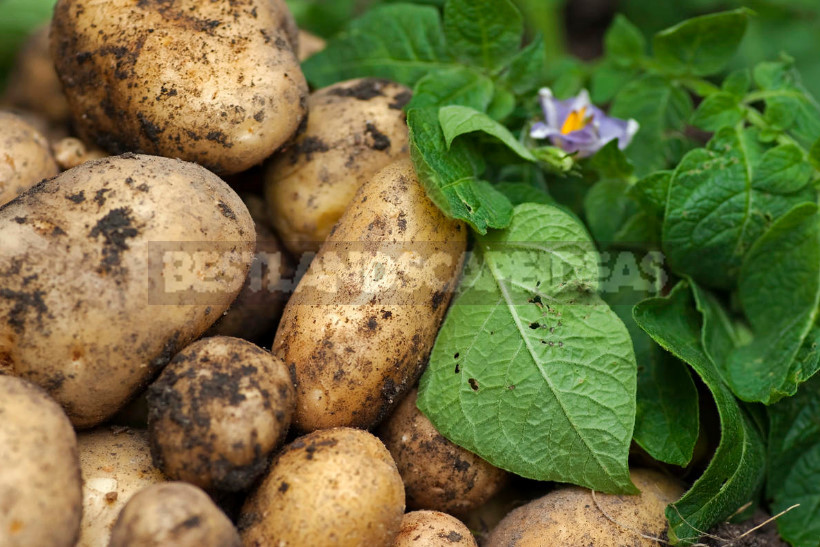
The topic of growing potatoes and increasing its yield is always of particular interest to gardeners, because almost every owner of the land annually allocates for the “second bread” part of his garden. And, of course, everyone wants that after all the efforts to care for plants he was waiting for a decent result.
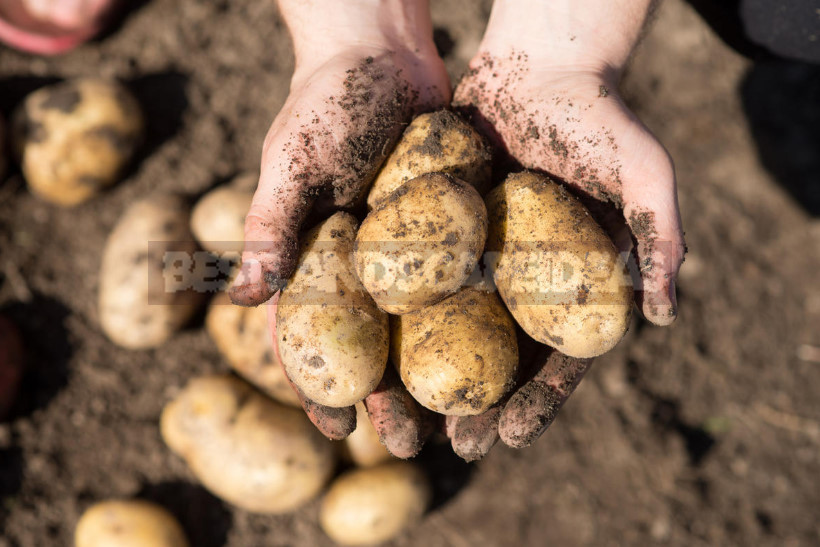
Today, there are a huge number of tricks and original methods of planting and growing potatoes, which are used to increase yields. And each of them always finds a large number of supporters who have achieved through a particular system of unprecedented harvests, and opponents who were disappointed.
Propose a contact with interesting technology, which was able obtain with one a Bush of 119 selected tubers. Perhaps your potatoes, which previously refused to give a good harvest, should be approached from this side.
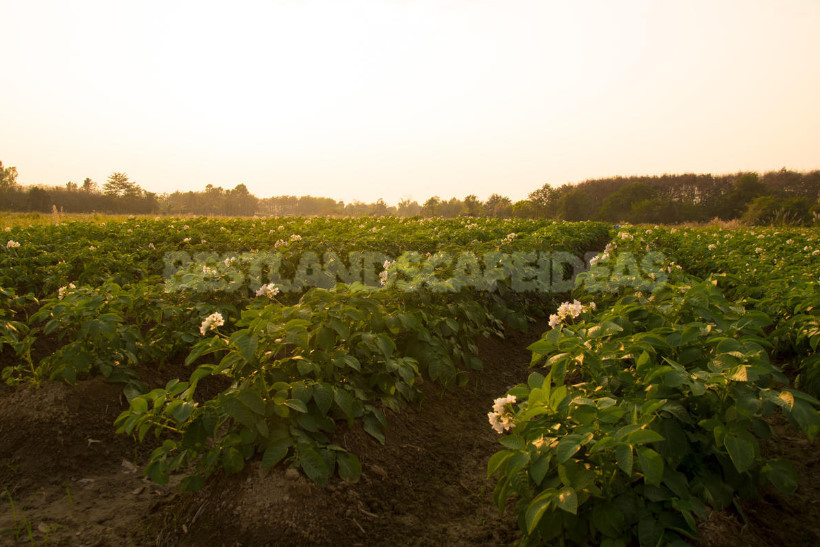
Amateur gardeners to this day do not lose interest in this technique and thanks to it get amazing results. When used in private gardening, this cultivation technology allows to significantly reduce the size of the plantation allocated for planting potatoes, and get the maximum yield from the minimum area.
What is the essence of the method?
The technology is based on the simplest morphological feature of potatoes: on the underground parts of the shoots develop stolons (modified stems), responsible for the formation of tubers. The green part of potato stalks of stolons does not form. In his research, he put in direct dependence the size of the crop on the length of the white (underground) part of the main potato stem.
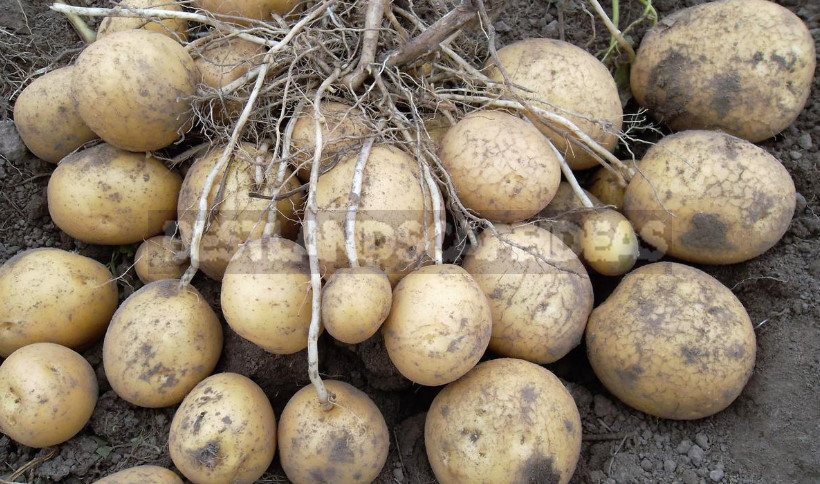
Simply put, the greater the length of the underground part of potato shoots, the greater the number of stolons formed from their axillary buds and the greater the number of tubers can be obtained at the end of the season with one Bush. Create similar conditions for potato bushes can be using a two-or three-time pre-emergence hilling conducted at intervals of 5-7 days. With this approach, the underground bleached part of the shoots reaches up to 20-25 cm in length, which in turn contributes to a significant increase in the multiplication factor of plants.
Basic principles
The developer of this method was an adherent of organic farming, therefore he actively urged both production enterprises and ordinary gardeners to abandon the use of mineral fertilizers in growing potatoes. He also proposed to exclude ploughing of the earth, which destroyed a significant part of aerobic and anaerobic bacteria that support the natural fertility of the soil.
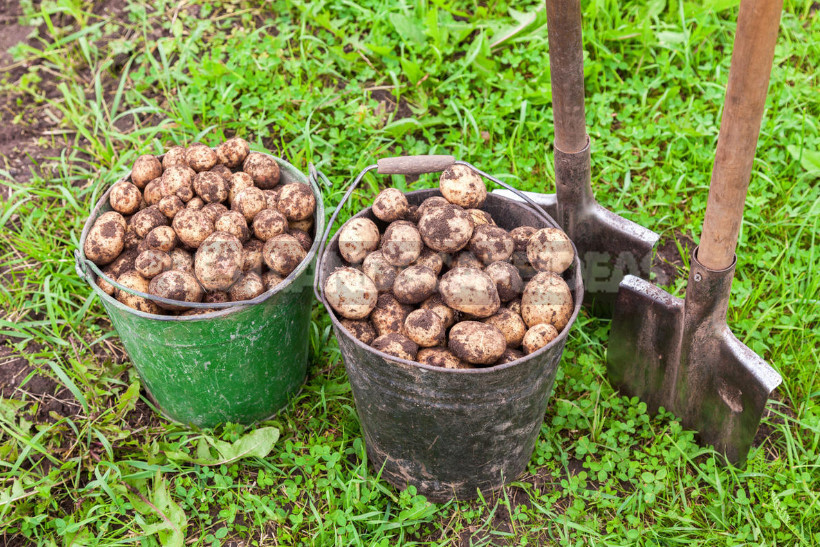
Soil
The key to a high yield of potatoes is a loose nutrient soil with a slightly acidic reaction (pH 5.5-5.8). To maintain its fertility agronomist recommended autumn and spring sow green manure, which after regrowth should be cut and left on the soil surface. No other fertilizers it is no longer used.
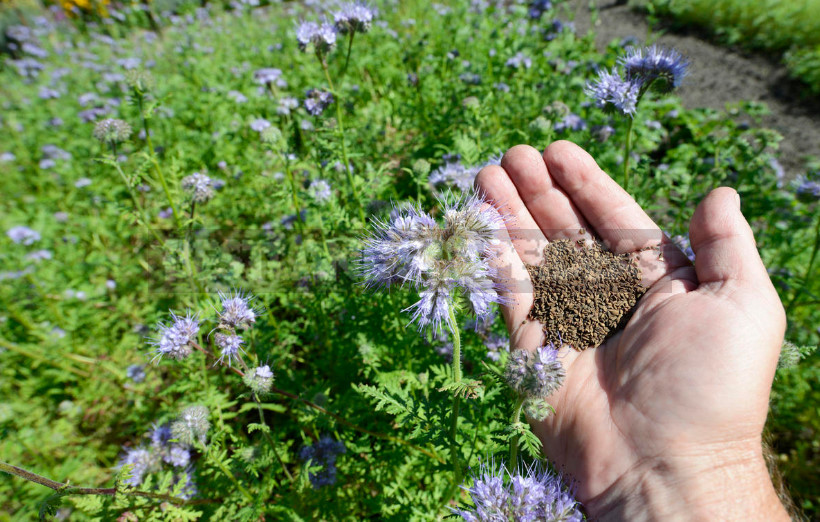
On the site in advance formed ridges, the surface of which during planting potatoes finely (no more than 10 cm in depth) loosened with a fork or shovel. Thus it is necessary to refuse overturning of layers of the earth, instead by means of the tool stuck in the earth to make some rocking movements.
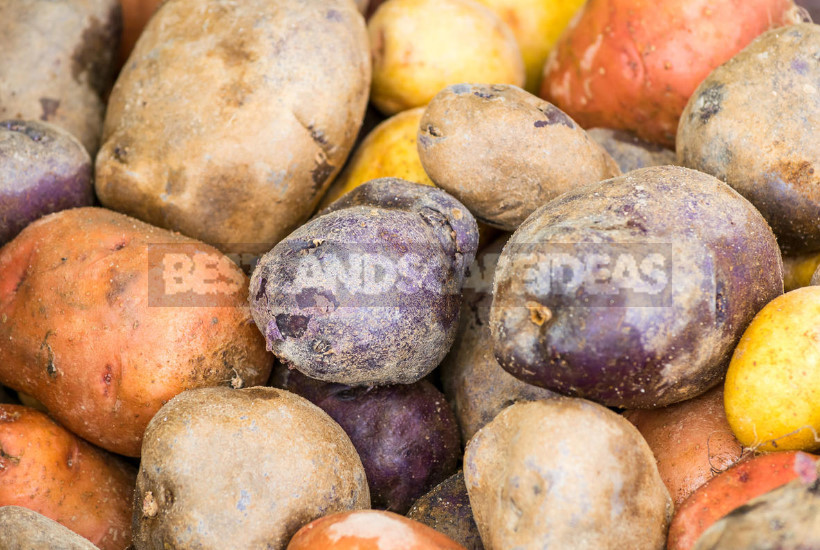
Preparation of seed tubers for planting
He recommended paying special attention to the quality of the seed material, as well as its proper preparation for planting. If the traditional method of cultivation for reproduction leave tubers of medium size, then in this technique you need to use large specimens weighing about 100 g or more. Seed potatoes should be carefully examined for damage and spoilage and select exceptionally healthy tubers with juicy hard flesh.
It is mandatory to conduct heating and germination of the planting material before planting. He compared unheated potatoes with a premature baby, not capable of normal development.
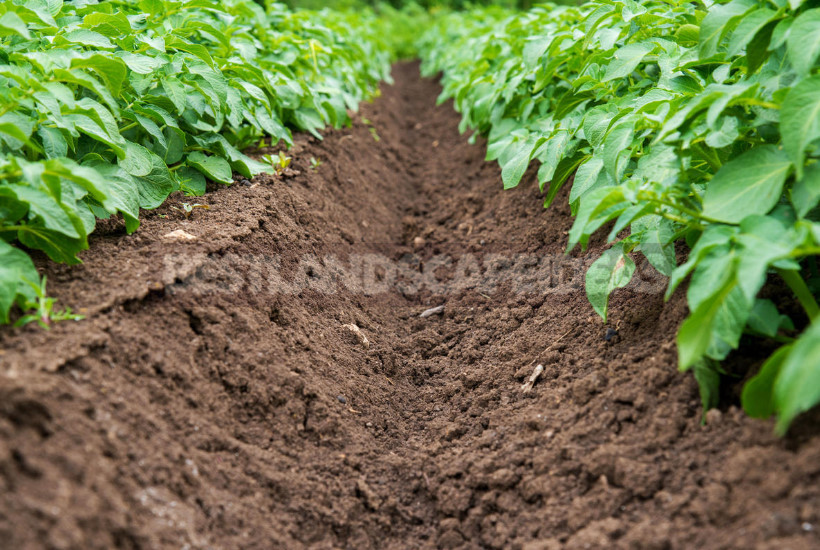
Important importance in the technology is given to protective and stimulating treatment of seed potatoes. To do this, the tubers placed in a grid, 10-15 minutes kept in a solution prepared on the basis of copper sulfate, boric acid and potassium permanganate (1 teaspoon of each drug per 10 liters of water). Immediately after the “bath” potatoes should be powdered with sifted wood ash, and then planted.
Landing features
In order to get a starchy tasty potato at the end of the season, the plants should be provided with enough light, air and space during the growing season. To this end, in their experimental areas do wide aisles (up to 1.2 m) and place the ridge in the direction from South to North. At the same time, the tubers in the rows were planted no closer than 30-40 cm from each other.
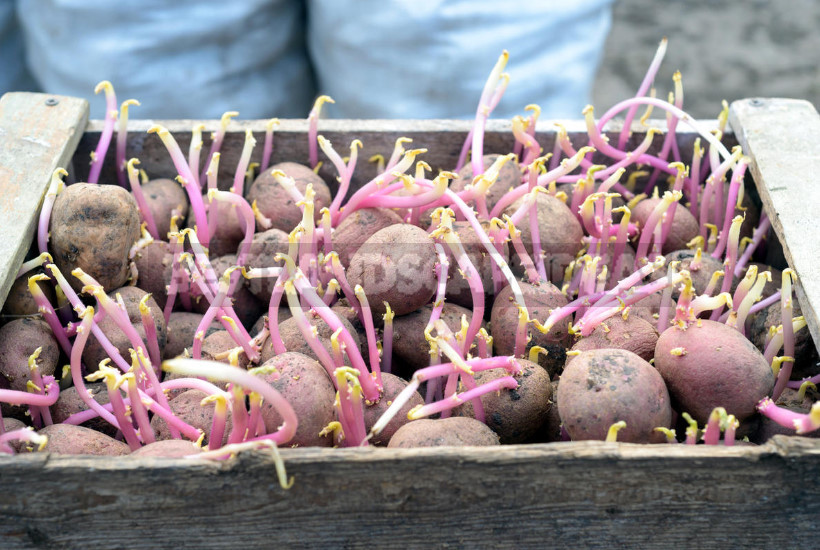
Planting potatoes should not be before the moment when the soil at a depth of 10 cm warms up to +8…+10°C. Such conditions are usually created when young birch leaves reach the size of the coin.
No holes with the reversal of the layers of the earth is not done: the shovel must be stuck on half a piece in the center of the ridge, slightly tilted and in the hole carefully put a sprouted tuber. After removing the tool from the soil above the tuber should remain a layer of earth about 5 cm thick.
Maintenance
After 5-7 days after planting, without waiting for the appearance of sprouts above the ground, it is necessary to hoe the ridges, throwing on them a loose soil layer of 5-6 cm. pre-Emergence hilling is carried out 1-2 more times with an interval of 5-7 days at the same height, thus achieving an increase in the length of the underground part of the stems to 20-25 cm. Subsequently, it grows stolons and dozens of tubers are tied.
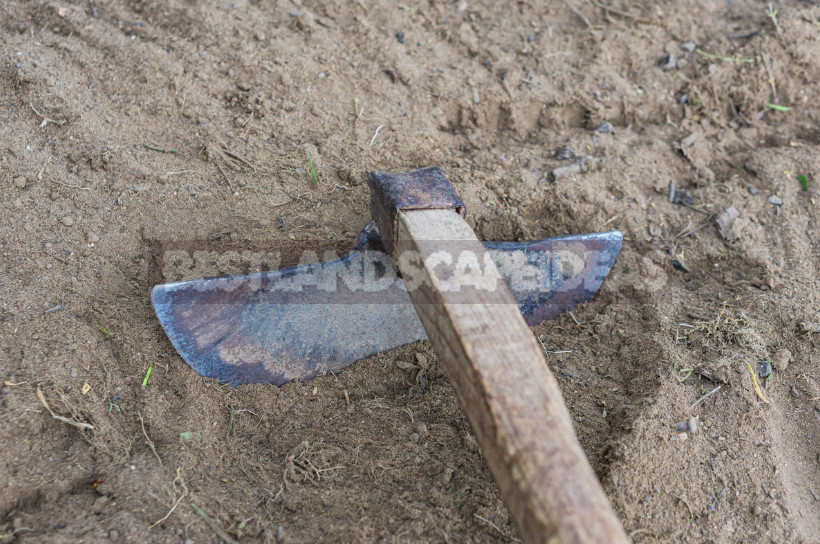
During the subsequent period of vegetation, two more hilling of the already ground part of the bushes is carried out – to preserve moisture in the soil and increase the resistance of plants to fungal diseases (each time to a height of about 5 cm). Fortunately, with such wide aisles, it is not difficult to do, and the multiplicity of such measures contributes to the complete suppression of weeds.
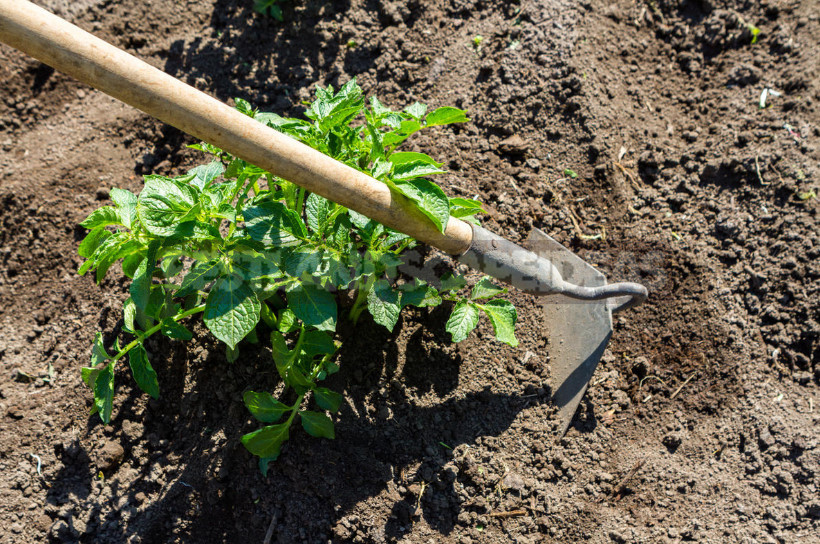
He attached great importance to the sufficient moisture content in the soil and recommended to water the plantation at least 3 times in seasons with average rainfall. The first and second watering should coincide with the beginning and end of budding, respectively, and the third procedure should be carried out at the beginning of flowering potatoes. But even in the dry seasons, followers reported good returns which were far better than the crops produced by the traditional way of planting and growing potatoes.
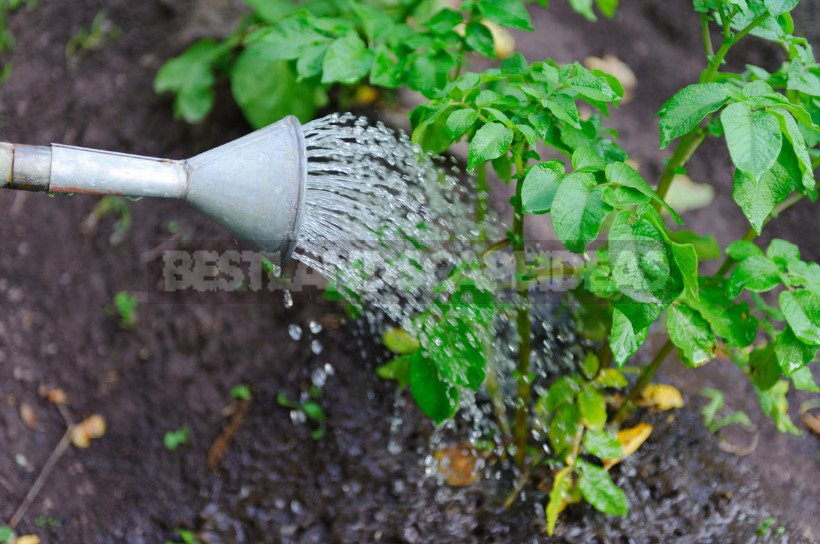
This technology of growing potatoes, of course, deserves attention from gardeners. However, in this case, it is important to take into account the characteristics of each specific site, to select a quality seed for planting, as well as strictly adhere to the above agricultural machinery during the growing season. The reward for such hard work will be an unusually generous harvest of selected “home” tubers, the taste of which can hardly be compared with the purchase of potatoes of dubious origin.
Dear readers, surely among you there are those who have already appreciated in practice the advantages and disadvantages of growing potatoes by this method. Share your opinion with us in the comments and tell us what harvest you managed to achieve thanks to this unusual technology.
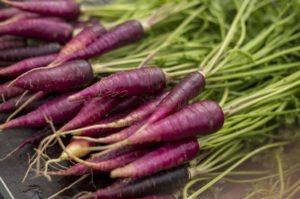
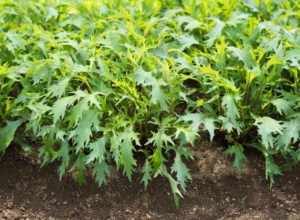
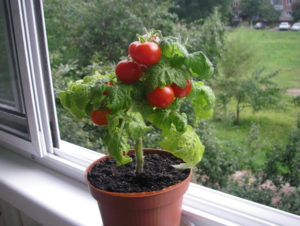
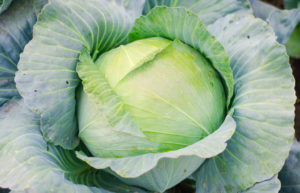
Leave a Reply